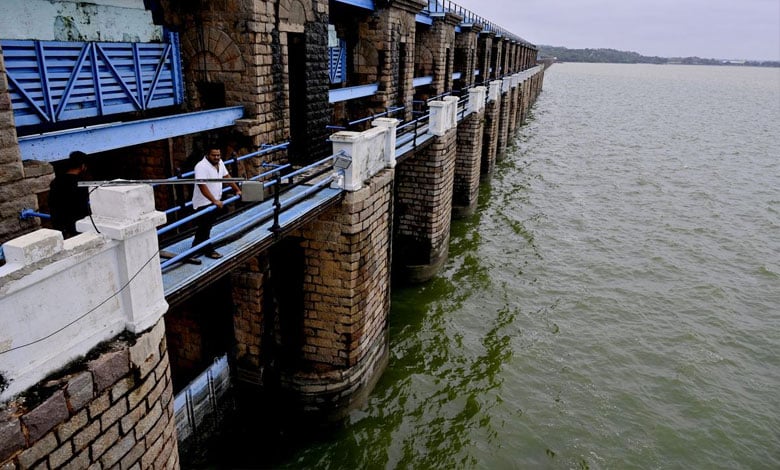No Water Contamination Detected in Akkampalli Reservoir, Assures HMWSSB
"Akkampalli Reservoir water remains safe, confirms HMWSSB. No contamination detected despite concerns over decomposed chicken carcasses. Rigorous water treatment and monitoring ensure public safety."

Hyderabad, Feb 15: Amid concerns over decomposed chicken carcasses found floating in the Akkampalli Reservoir, the Hyderabad Metropolitan Water Supply and Sewerage Board (HMWSSB) has reassured the public that there is no risk of water contamination.
The reservoir, which serves as a crucial water source for several parts of Hyderabad and Nalgonda districts, continues to undergo rigorous water treatment protocols to ensure safety.
Table of Contents
HMWSSB: No Contamination Detected in Initial Assessment
According to the initial assessment by HMWSSB officials, no traces of contamination have been detected in the water. Officials emphasized that standard water purification measures, including a stringent three-stage chlorination process, are being implemented to maintain water quality as per IS (Indian Standards) guidelines.
HMWSSB Managing Director K. Ashok Reddy stated, “Our preliminary tests confirm that there is no contamination. However, as a precaution, we have intensified our monitoring, and water quality tests will be conducted every hour for the next seven days.”
Triple Chlorination Process Ensures Water Safety
To dispel concerns and reassure residents, HMWSSB detailed its multi-step water treatment strategy, which includes:
- Primary Chlorination at Water Treatment Plants (WTPs): The first stage of disinfection occurs at the water treatment plants, where raw water is treated to remove impurities.
- Secondary Chlorination at Main Balancing Reservoirs (MBRs): This stage further ensures the elimination of any microbial contaminants before distribution.
- Tertiary Chlorination at Service Reservoirs: Before reaching households, the water undergoes an additional chlorination process to maintain a consistent and safe level of disinfection.
HMWSSB confirmed that the water supplied to consumers will consistently contain 0.5 ppm (parts per million) of chlorine, adhering to prescribed safety standards.
Continuous Water Quality Monitoring
To further strengthen consumer confidence, HMWSSB has implemented a 24/7 surveillance mechanism, ensuring that water quality is continuously tested. “Regular testing and monitoring are being conducted at various distribution points to rule out any possibility of contamination,” Reddy assured.
The department also urged the public to rely on verified information and avoid spreading misinformation regarding water safety.
Government Urges Caution, Not Panic
In response to growing concerns, the Telangana government has issued an advisory emphasizing that there is no immediate health hazard. Officials reassured citizens that the water remains safe for consumption and that all necessary precautions are being taken to prevent any potential contamination.
The incident has, however, highlighted the need for stricter regulations on waste disposal, particularly in water bodies that serve as public resources. Authorities have been instructed to investigate the source of the carcasses and take strict action against those responsible for polluting the reservoir.
